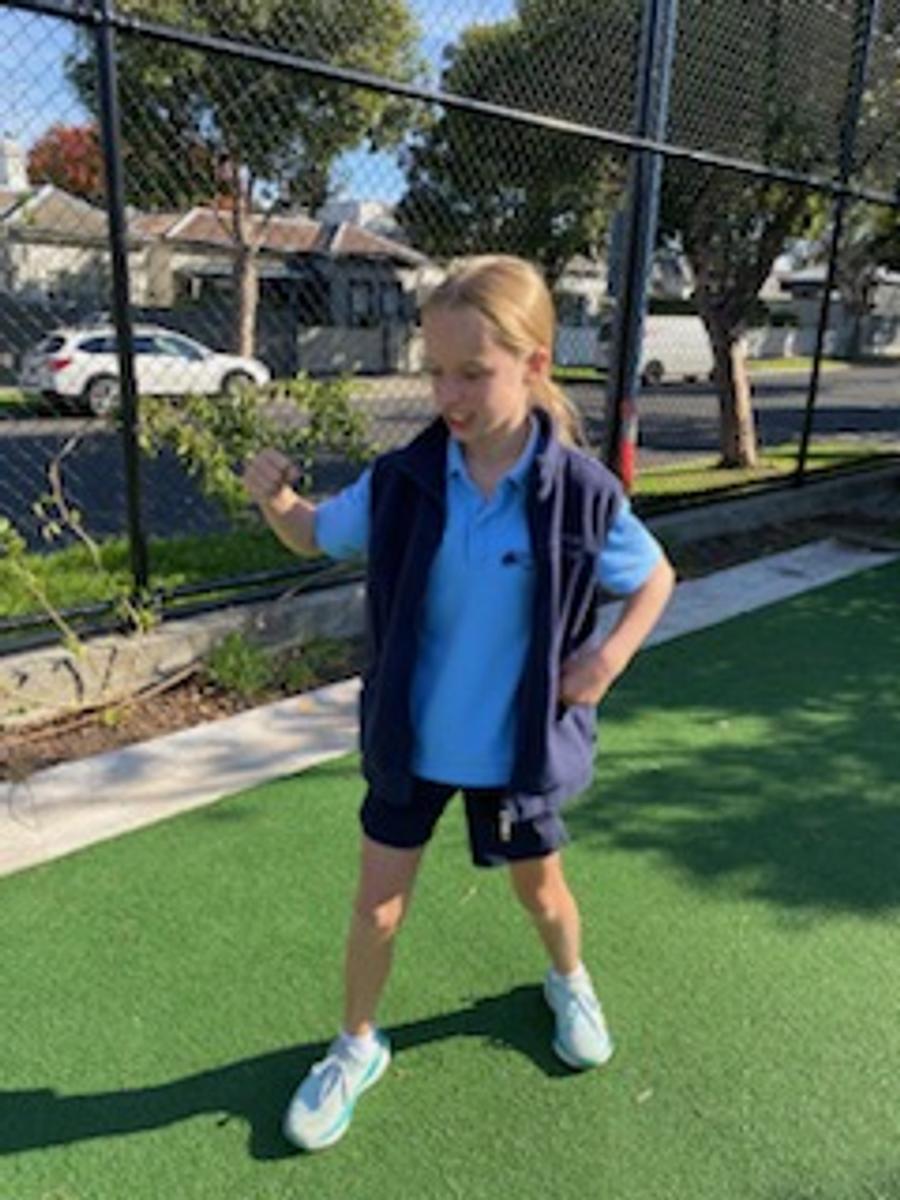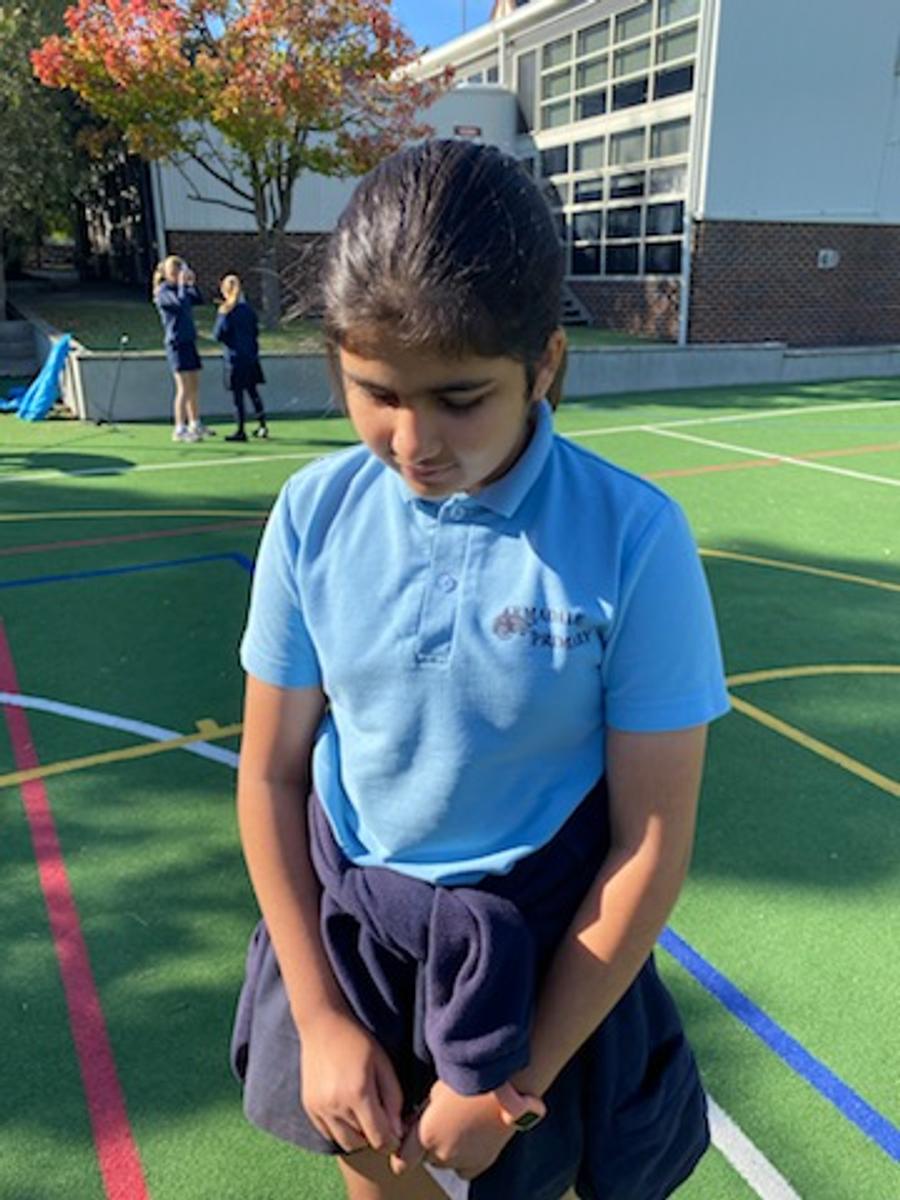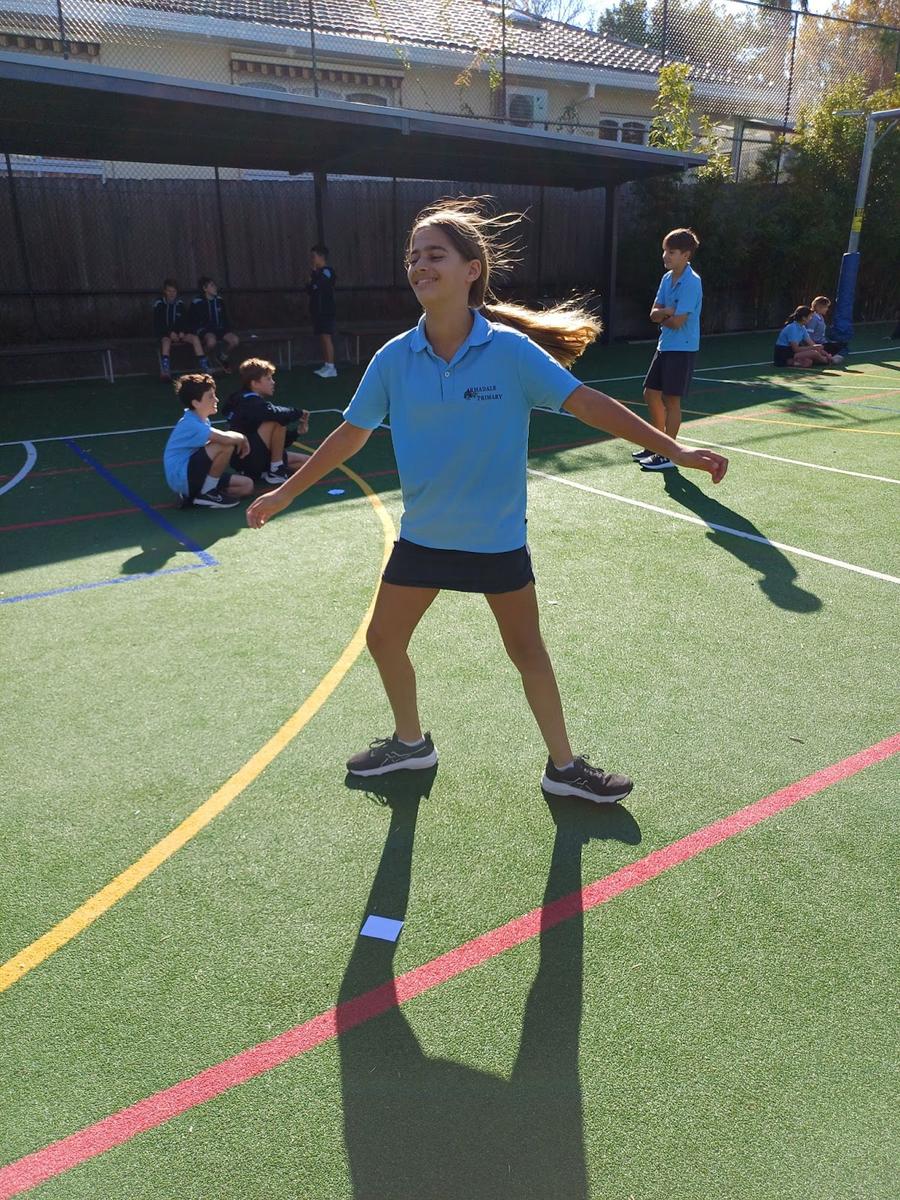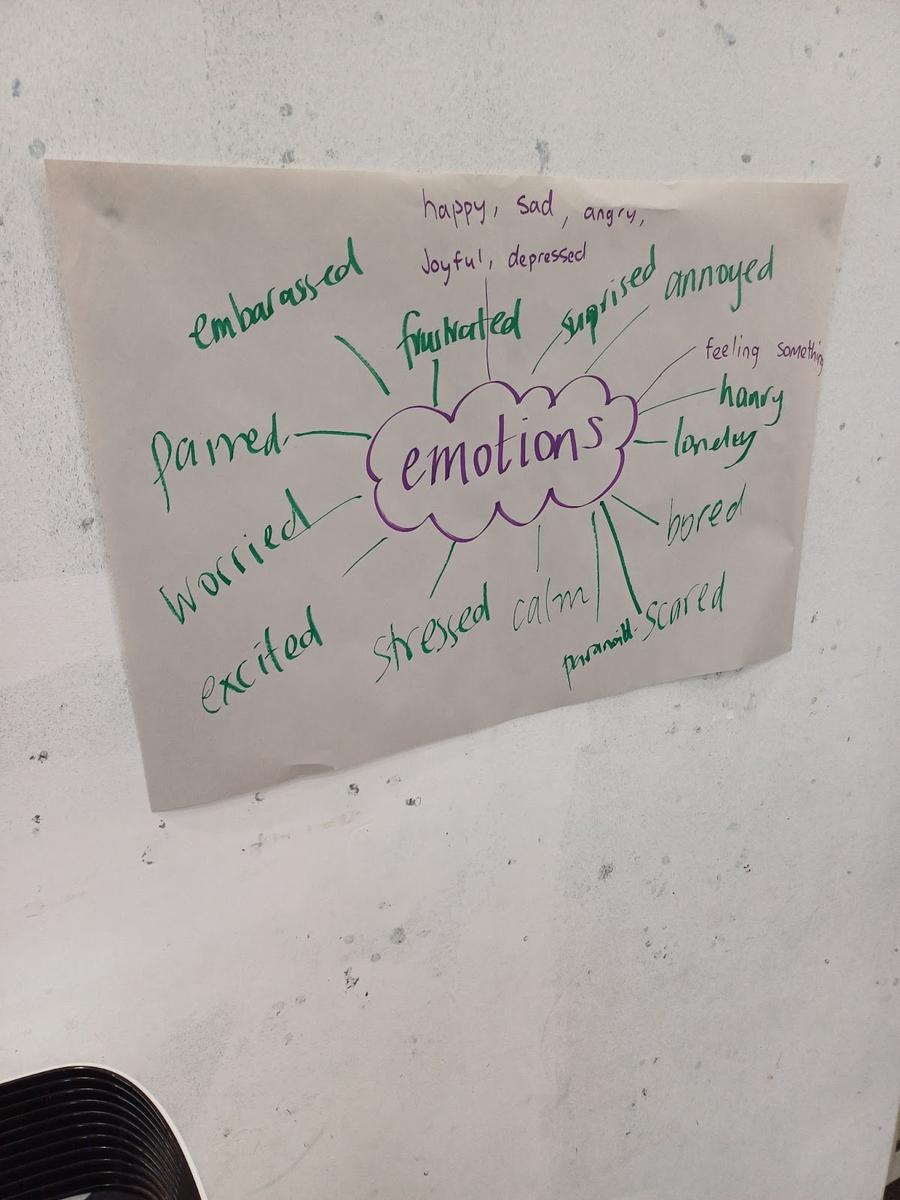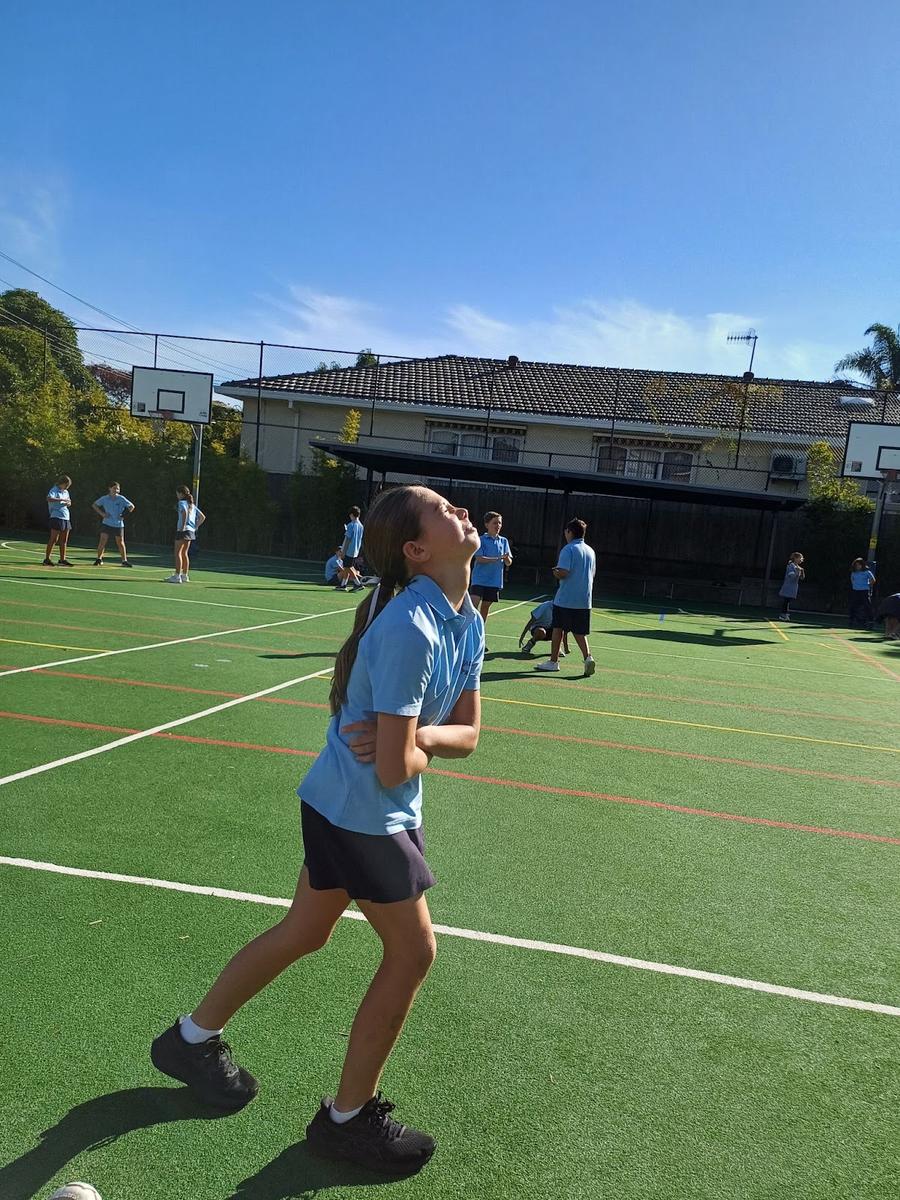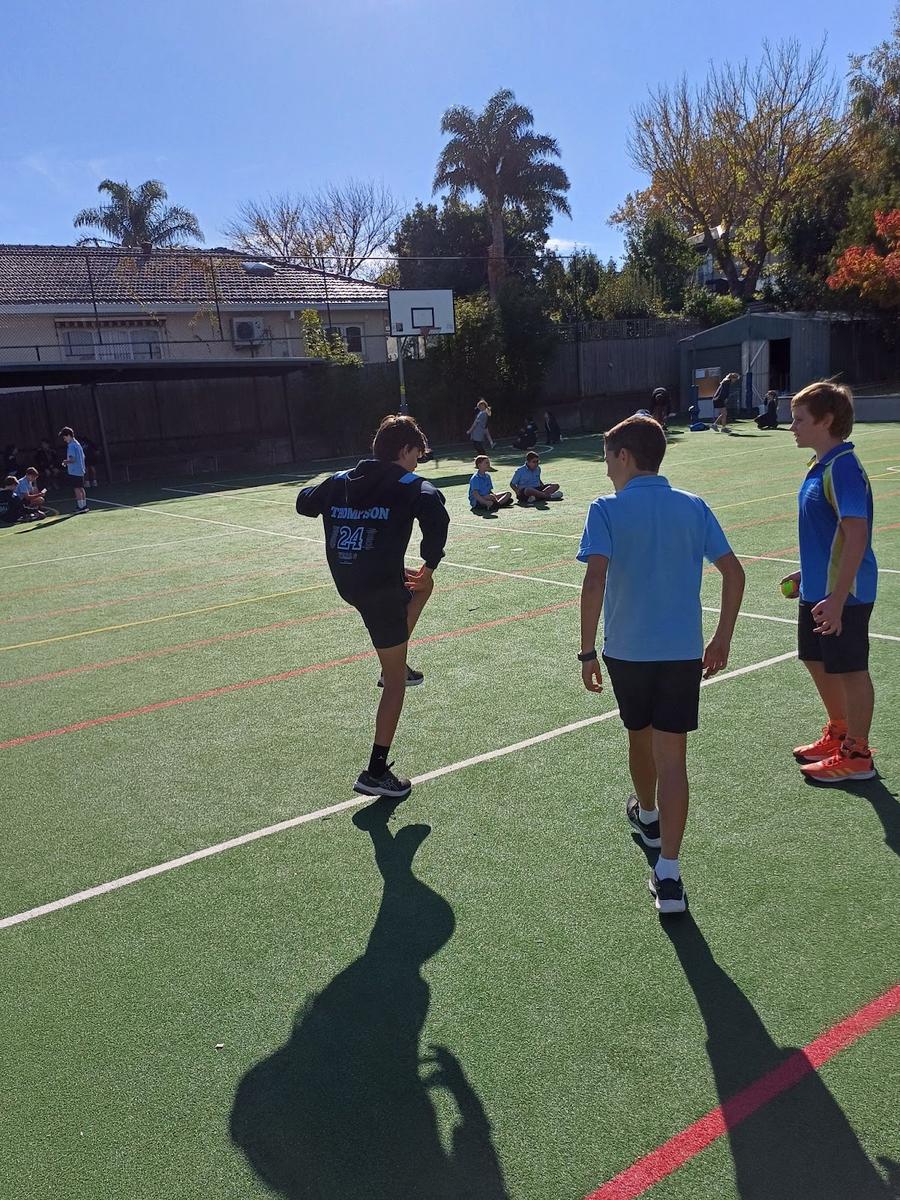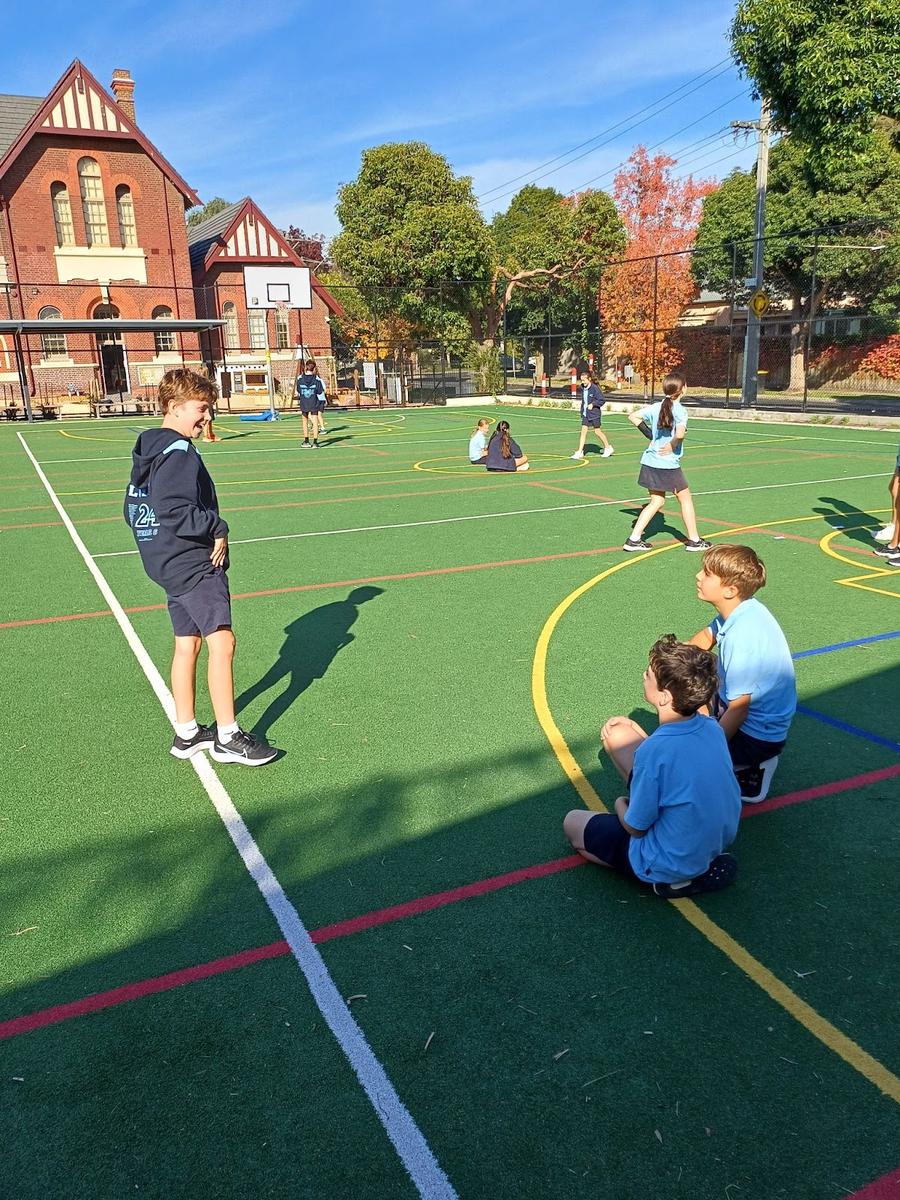Year 5/6 Bulletin

EMOTIONAL LITERACY
What do our emotions look like?
Collaborative learning activities help students to build their social skills. Building a large vocabulary for emotions helps to increase emotional literacy, builds self-awareness and empathy for others.
Learning intention:
- To describe different ways to express emotions and the relationship between emotions and behaviour.
- To recognise the influence of emotions on behaviours and discuss factors that influence how people interact.
Learning experience overview:
Students started by unpacking what emotions are and how body language is often affected by emotions. Students then participated in a guessing game in which one person acted or showed forms of body language for a given emotion, and the other student of the pair had to guess the emotion being demonstrated.
Once all body language cards had been enacted, and emotions guessed, discussions were held as a cohort to talk about cues and ways to recognise emotions without verbally stating their emotion. We also unpacked questions such as:
- What can make it hard sometimes to tell people how we feel?
- Why do we sometimes try to hide our emotions?
Prompts questions:
- Why is it important to be able to ‘read’ another person’s body language and imagine how they might be feeling?
- What cues are giving you that idea?
- Why do you think that body language is linked to that emotion?
Reflections:
During the emotional literacy activity, students honed their observation skills by identifying emotions through body language cues. During this interactive exercise and engaging discussions, they learned to recognise subtle facial expressions, gestures, and postures that convey various emotional states. By closely observing and analysing body language, students gained insight into the complex interplay between emotions and nonverbal communication.
This activity not only enhanced their ability to empathise with others but also fostered a deeper understanding of the importance of body language in interpersonal interactions.
What can you do now to continue learning at home from this experience?
- At home, students can actively enhance their ability to read body language through engaging and diverse activities. By observing family members during everyday interactions, and watching TV shows or movies with the sound muted, students can develop a keen awareness of nonverbal cues and their impact on communication.
- Playing games like charades and reading books with expressive illustrations provide further opportunities for students to analyse and interpret body language in different contexts.
- Engaging in role-playing exercises with family members or friends aims to encourage regular practice and reflection. Through consistent engagement with these activities, students can refine their skills in reading body language, improving their communication proficiency and social interactions both at home and beyond.
Jenny and Brad
Year 5/6 Team

